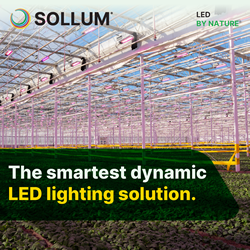Antarctica Is Getting a Farm That Can Grow Produce Even When It's -100 Degrees Fahrenheit Outside
 Futurism: Antarctica’s nonstop winters make it impossible to grow food outdoors. Fruits and vegetables are instead shipped long distances from overseas, just a few times per year.
Futurism: Antarctica’s nonstop winters make it impossible to grow food outdoors. Fruits and vegetables are instead shipped long distances from overseas, just a few times per year.
But engineers at the German Aerospace Center (GAC) will soon build a high-tech farm that will allow Antarcticans to harvest produce.
The farm will feature a year-round greenhouse that can grow food for researchers at the Neumayer III polar station on the Ekstrom Ice Shelf.
Called the Eden-ISS, the farm exists inside a climate-controlled shipping container. The greenhouse relies on a technique called vertical farming, in which food grows on trays or hanging modules under LEDs instead of natural sunlight.
Before the Eden-ISS shipping container farm debuts in Antarctica, the GAC is testing growing fruits and vegetables at its headquarters in Bremen, Germany. Take a look at the farm, which will come to Antarctica in October, below.
Comments (0)
This post does not have any comments. Be the first to leave a comment below.
Featured Product

